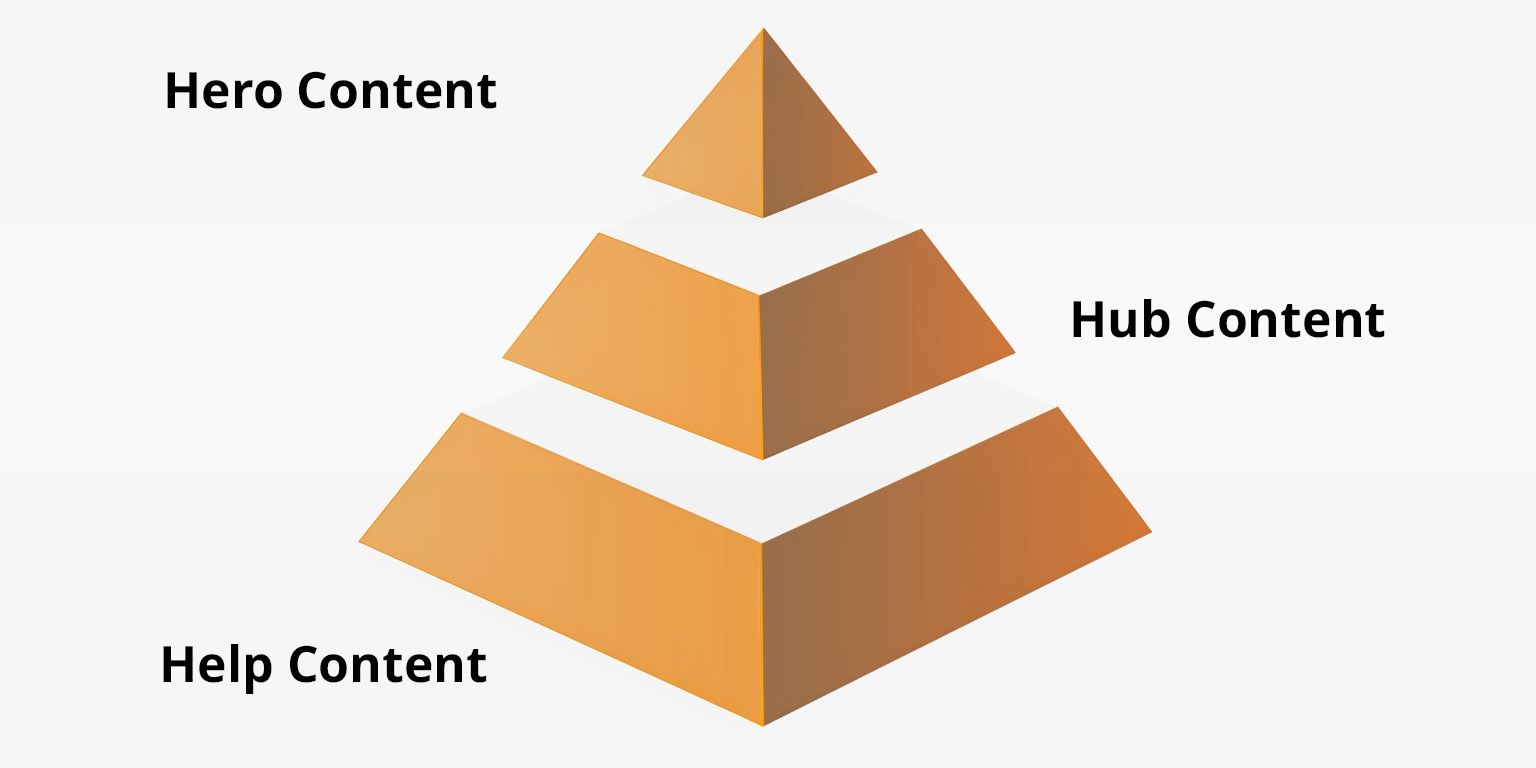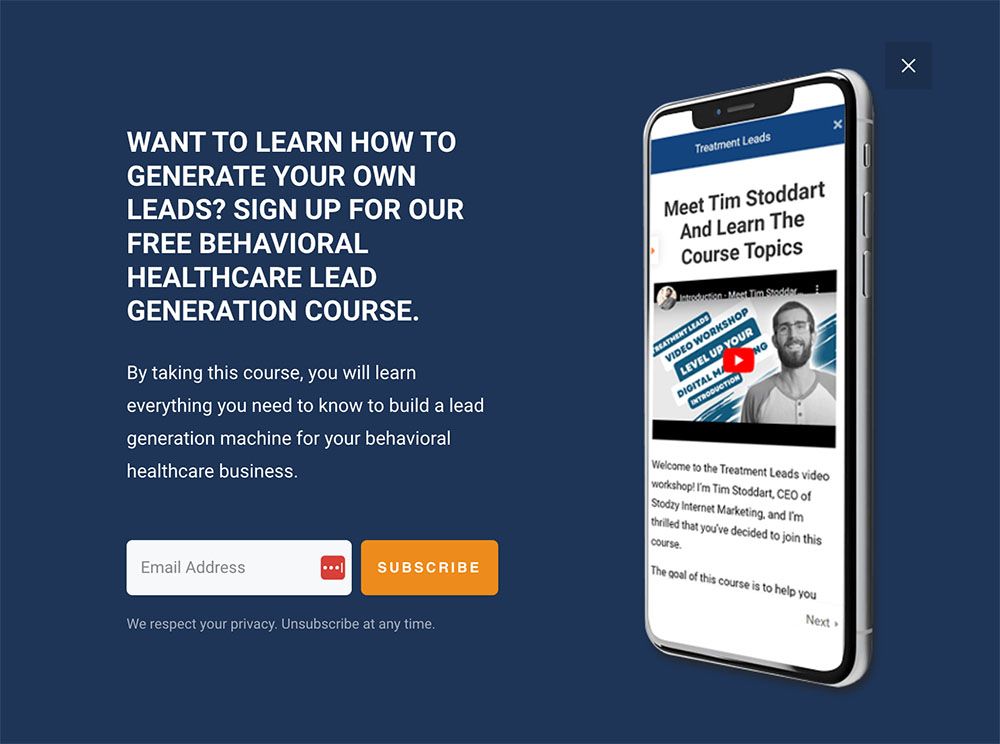The Help-Hub-Hero Pyramid
Content creators can improve their grow and success with the classic Help, Hub, and Hero content-scheduling pyramid.

A decade-old YouTube content framework focused on audience growth is still an effective planning tool for content creators.
Google included its Help, Hub, and Hero content-scheduling framework in an October 2015 YouTube Playbook aimed at helping businesses grow and engage an audience on the video-sharing platform. Help, Hub, and Hero were just one part of the playbook, but the framework's simplicity and easy-to-remember alliteration made it popular with content marketers.
Let's describe the Help-Hub-Hero framework and apply it to creating content for a blog, an email newsletter, and social media posts.
The Help-Hub-Hero Framework
In the aforementioned YouTube Playbook, the Help, Hub, and Hero framework was likened to broadcast programming, where "programming means creating a cohesive viewing experience."
When we translate this idea to online content, the Help, Hub, and Hero framework becomes a guide for the categories of content produced. Each category has particular goals, requirements, and processes. All of the content, regardless of category or type, drives the audience's content experience.

Help Content
As its name implies, help content provides assistance and guidance to the audience. It helps site visitors, subscribers, and followers solve problems and learn new things. In many ways, it is the unsung hero of the content world, quietly making a big difference in the lives of its readers.
Second, help content is an algorithm favorite, particularly for Google and similar search engines. Help content topics often come from keyword research and can answer a specific question. For example, this article is meant to answer questions about content planning or the Help, Hub, and Hero framework.
Armed with two specific objectives —help readers and encourage algorithms— help content is the foundation and should represent most of the content produced.
Here is an example of a help content creation process.
- Identify a help topic via keyword research, an idea, or a question from a reader.
- Write a help article that teaches a skill, answers a question, or solves a problem.
- Publish the article on a website. At the bottom of the article, ask readers to submit questions. Make sure Google's crawler can read and index the article.
- Promote the article in an email newsletter, once again asking readers to submit new questions.
- Reuse the article on social media, pulling out each point and using it to create a post. Be sure to ask readers to submit questions.
- Gather reader questions submitted via the article, the newsletter, and social media and use them to identify a new help topic.

This particular help content cycle generates new topics, aids readers, and provides always-on content to encourage search traffic.
Hub Content
According to Google, hub content "is regular, scheduled content that provides a reason to subscribe to a channel and return on a regular basis."
Hub content is all about consistency and engagement. It is the content that keeps an audience coming back for more and helps to build a solid and loyal following.
An email newsletter, a podcast, or even regularly going live in an X space are all examples of hub content.
Many email newsletter creators focus solely on hub content, relying on recommendations, lead magnets, or paid ads to grow a list. That is all well and good, but remember, the Help, Hub, and Hero framework produces three categories of content that, in turn, work together like programming on a channel.
Thus, it is just fine that the help content cycle described above includes hub content—an email newsletter—to promote a help article. In fact, there is a symbiotic relationship of sorts between these first two content types.
Over time, help content will introduce new folks to a blog or newsletter, while hub content will keep those folks engaged while linking to the help content.
Hero Content
For Google and YouTube, hero content "refers to the big, tent-pole events that are designed to provide a massive step-change to your audience growth."
For content creators writing a blog or an email newsletter, hero content can be a lead magnet to attract new subscribers or even a product like a course.
For example, Tim Stoddart, CEO of Stodzy Internet Marketing, has done an excellent job with hero content.
He offers a free behavioral healthcare lead generation course—perfectly targeted for his audience—with a newsletter subscription. The course is hero content because it provides exceptional value and attracts new subscribers.

Implement Help-Hub-Hero
The Help, Hub, and Hero framework is a way of thinking about content creation. It should help a blogger or newsletter author organize the categories of content created and the relationship between those categories.